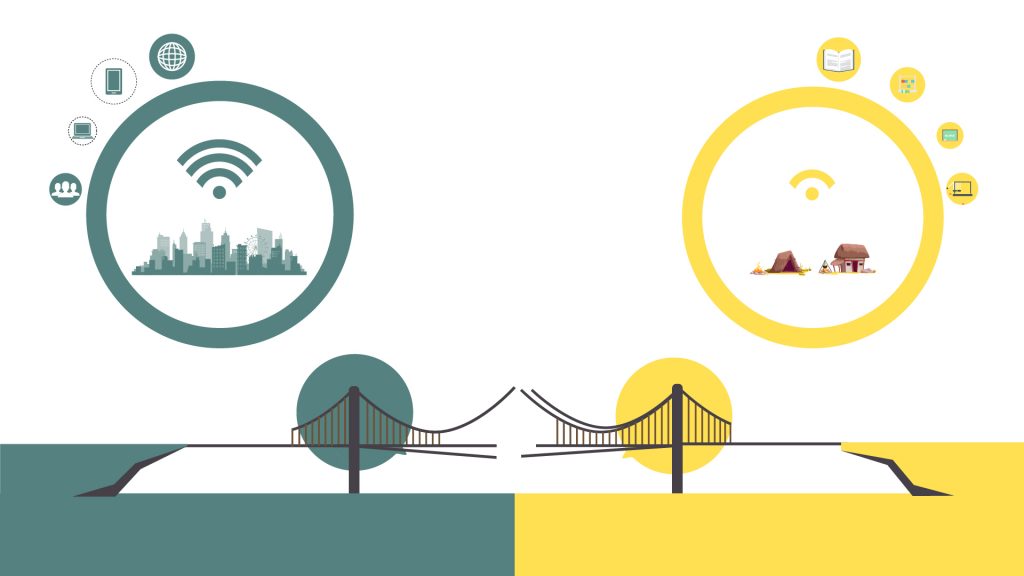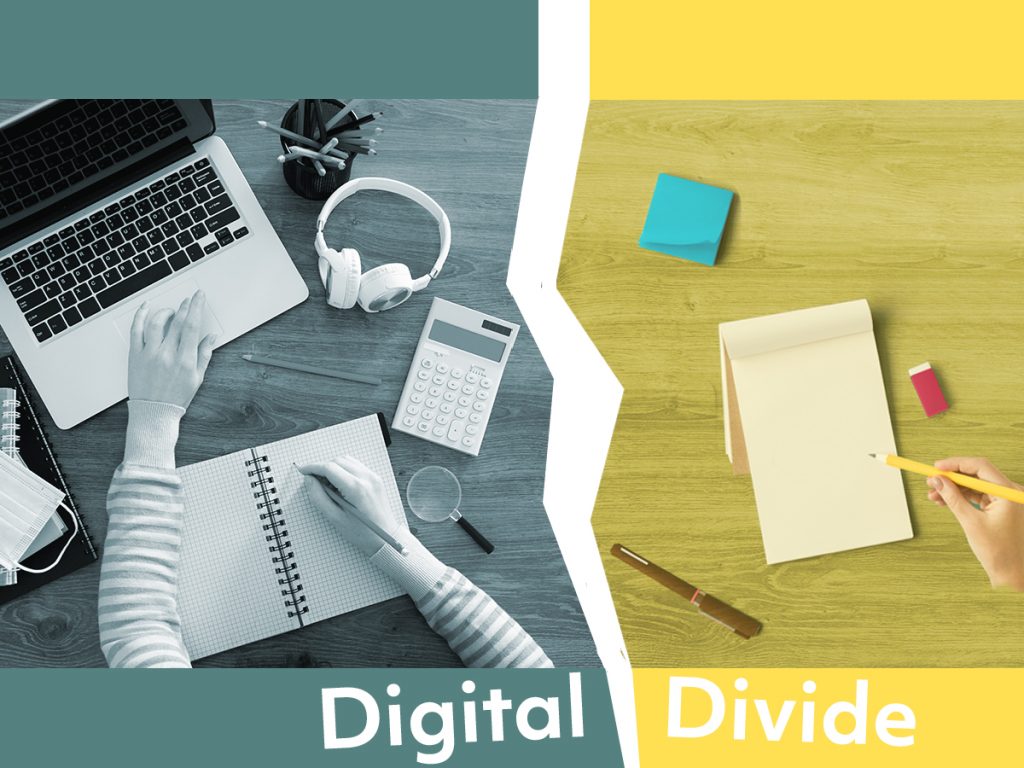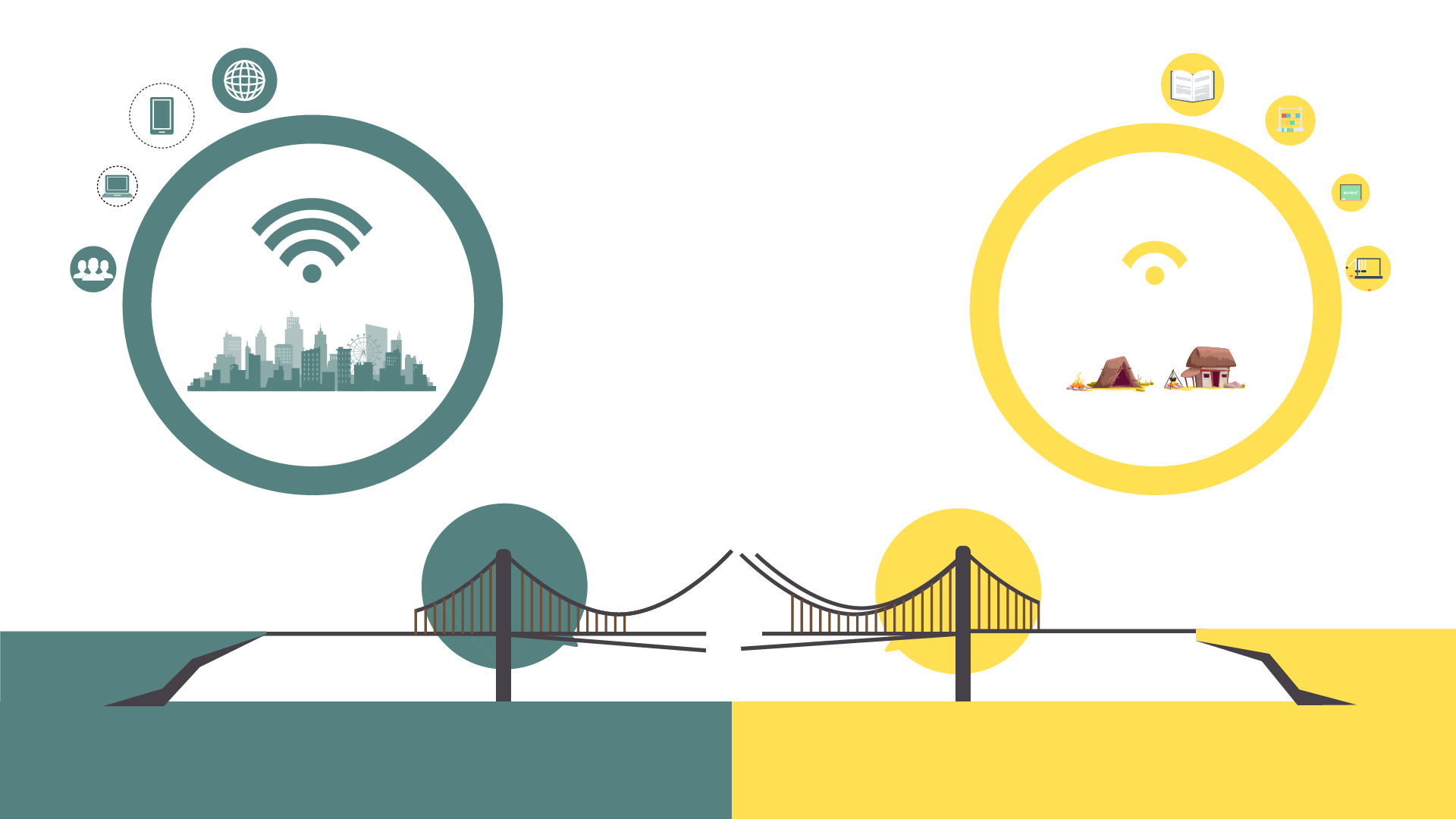Covid 19 has impacted almost all sectors, but the education sphere seems to have got an upside-down movement. Online education has been pounding up for a few decades now but its use was confined to skilling and buoyed by self-learning. When classes were suspended to enforce social distancing, educational institutions shifted to online learning and evaluation. And even after more than two years, there is no certainty about restoring normalcy. For now, we can say, this is kind of a permanent tilt if not a complete shift. But the question here in India is, do we have the bandwidth for online education and what are the virtual learning challenges? Let’s find out!

The modes of e-learning presently in sight
India is a diverse country with people from rural and urban areas with different priorities in terms of education, learning, technology access, and more. The most popular mode of online education in India is WhatsApp followed by phone calls, online platforms like Zoom, Meet, etc. No doubt e-learning has its own set of advantages but in a country like India with a huge population, limited access to resources, and technical barriers, this cannot be a feasible option in the long run. We are addressing a few of these virtual learning challenges for students here.
The mountain of Online education challenges
Am I audible? Can you see me? These have been a few common proverbs every house has been used to since the Covid -19 lockdown. School authorities and students have been trying to cope up with the online education stress. Besides, several other virtual learning stem challenges have been sweeping in exposing the flaws of the system. Starting from lack of access to quality education, inclusive education, underqualified teachers are the issues the current crisis turned into. The following content piece will address a few of these virtual learning challenges:
Lack of resources
Not every student in India belongs to a well-off family to be able to afford digital resources- tablet, phone, laptop, internet connection making digital education limited to people who can afford it. Moreover, many distant and remote areas are still far away from continuous power backup, for them getting an active internet connection is just a future story.
Technical issues
Technical issues have been quite a common virtual collaborative learning challenge for nearly everyone during the pandemic. Be it the office people, teachers or students everyone faced this at some point of time where the video stopped out of nowhere, they were not audible or their video stopped working. A stable internet connection is not feasible every time making learning harder for students.
Distractions and addiction
Well, digital devices have their own charisma and addiction. Many parents complained during the lockdown that their children have been using digital devices more than ever. Moreover, a large fraction of classes ditched online classes and hopped on to social media platforms during their classes.

Exposure to devices for long periods
With the schools running online, students have been sitting with digital devices for a minimum of 6-8 hours a day. This increase in screen time is putting strain on the eyes making eyes weak. Moreover, using devices for such a long time has many other issues as well like sleep deprivation leading to insomnia, increased obesity risk, susceptibility to chronic diseases, cognitive ability loss, socializing skills impairment, weakened emotional judgment, delayed learning, and more.
Degrade in learning quality
Digital exposure is not ideal for the holistic development of students. It can be confined to some parts but for real confidence, social and skill development an environment of the real world is needed. Instead of taking notes, students prefer to take screenshots, exams have been just copy-paste, assignments have no practicality, books have been far away from sight, and inquisitiveness is replaced by Google. Schools nurture students in a motivated and enthusiastic environment where they can explore the best of them, but online classes have degraded the quality of learning with the least actual growth of students.
Underqualified teachers and unfamiliar students
No one was prepared for this shift to online education and with this sudden thrust, it has been hard for everyone to adjust. Schools have computers as a subject where students learn how to learn, use and work on computers. Both students and teachers are not that tech-savvy to get along with this pace of online learning in a short span. Both are facing a hard time learning how to use digital devices.
Pressure on teachers
Since the inception of education in India, it has always been in an environment of social interaction. Teachers have always been trained to teach students in schools, with hardly any involvement in online learning. Because of e-learning, teachers have to work overtime preparing a well-structured curriculum that can benefit students while learning online. This has imposed a lot of pressure on teachers to make learning effective and beneficial for students. And despite putting in so much effort, many complaints were reported from teachers about misconduct by students, abuse, and whatnot.
Virtual engagement
Learning is best done in an interactive atmosphere where everyone is putting in their best effort to ask, answer and evolve. Virtual learning has this imperative element of learning, real-time interaction missing from it. Though many schools have tried to make students get involved in activities and co-curricular to make things better but being online the most of them were proven futile.
Misuse
With technology comes responsibility and the minds of children are not that mature to decide what is good for them and what is not. With the forever availability of digital devices in their hands, children are using them more as a means of entertainment than a means of learning. They spend more time binge-watching shows, playing games, and spending time on social media.
The list of virtual learning challenges for teachers and students of e-learning is long. But given the pandemic situation, being away from social interaction is the only way out to teach children. Since Covid-19 is not something that will disappear all of a sudden, virtual education is here to stay for long if not in complete adaptation, in a hybrid manner. The environment of the school is necessary to fulfill the aim of education and make children come out as better citizens of society. But given the time and circumstances, we need to balance the virtual learning opportunities and challenges of e-learning and ensure it is beneficial and making an impact.

Comments are closed.